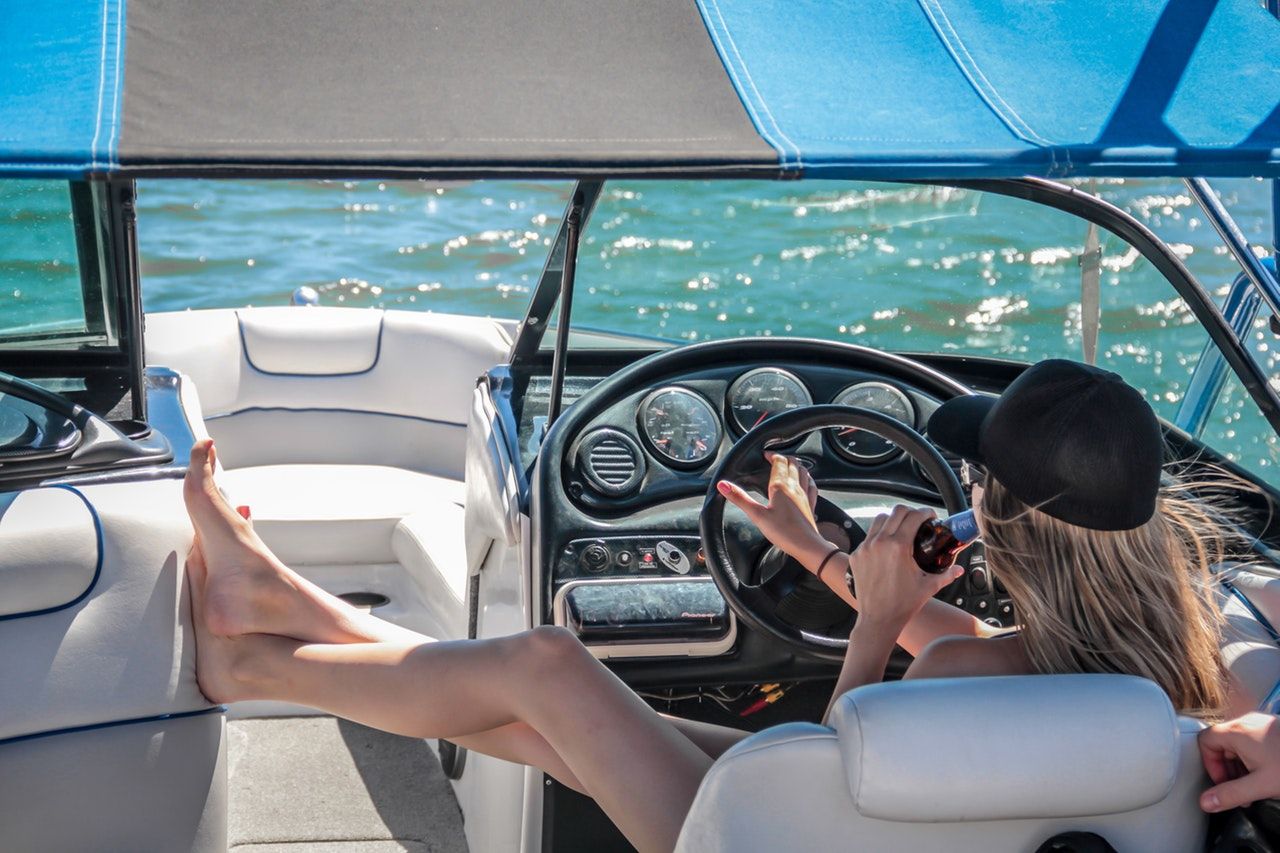Medical marijuana plays an expanding role in patient care across the United States, with many states now allowing recreational use while others remain medical-only. As legal access grows, more patients who enjoy boating want to understand how cannabis use fits into time on the water. Physicians who authorize cannabis often discuss this topic, focusing on how THC affects physical functioning, how boating conditions can amplify those effects, and what patients should know about laws that differ between state and federal waterways.
How Physicians Explain Cannabis Effects on the Water
Doctors frequently remind patients that THC can influence coordination, reaction speed, balance, and alertness, even when used at therapeutic doses. Because boating requires steady footing, quick reactions, and attention to changing surroundings, physicians highlight that mild impairment on land may feel more noticeable on a moving vessel. Waves, sun glare, and constant motion can make delayed reactions or lightheadedness stand out more than expected.
Physicians also explain that cannabis products vary in onset and duration. Inhaled forms work quickly and fade more predictably, while edibles take longer to activate and last several hours. Outdoor heat, dehydration, and fatigue—typical parts of boating—can intensify how those effects feel. Patients who use medical cannabis for pain, inflammation, or neurological symptoms benefit from knowing how their body reacts before committing to long boating days.
Environmental Factors Doctors Often Mention
Boating conditions can interact with cannabis effects in ways patients may not anticipate. The motion of the boat can amplify mild dizziness or fatigue. High temperatures and humidity may enhance the sensation of THC’s impact. Patients already managing mobility or balance challenges may find that moving around a shifting deck requires more concentration than usual.
Hydration is also part of the discussion. Hours in the sun naturally lead to fluid loss, which can heighten feelings of tiredness or sluggishness. Physicians help patients understand that these normal boating influences can combine with cannabis effects.
What Physicians Say About Boating Laws
Because boating often crosses both state and federal jurisdictions, physicians typically encourage patients to stay aware of the regulations that apply to their route. Many popular waterways fall under federal oversight, where marijuana remains illegal regardless of medical authorization. This difference can be important even when carrying cannabis legally at the state level.
States that allow medical or recreational cannabis also enforce boating rules related to impairment. Many have boating under the influence (BUI) laws that treat THC similarly to alcohol when evaluating a vessel operator’s condition. Physicians don’t offer legal advice, but they commonly mention these points so patients understand the broader regulatory environment.
How Doctors Prepare Patients for Time on the Water
When boating becomes part of the conversation, physicians often talk through timing, individual symptom patterns, and product types. Some patients choose CBD-dominant or low-THC products on days when mental clarity is important. Others consider how long their preferred products typically last or how they react during long periods outdoors.
Doctors also encourage patients to think about the structure of their outing—how long they’ll be on the water, what kind of activity is planned, and who else will be aboard. This helps patients anticipate how boating conditions may influence their overall experience.
Overall Medical Perspective
Physicians across both recreational and medical states generally share a consistent message: understand your personal response to cannabis, recognize how boating conditions can intensify typical effects, and stay aware of the laws governing the waters you travel. With this awareness, medical cannabis patients can enjoy boating while staying mindful of comfort, safety, and their own well-being.

